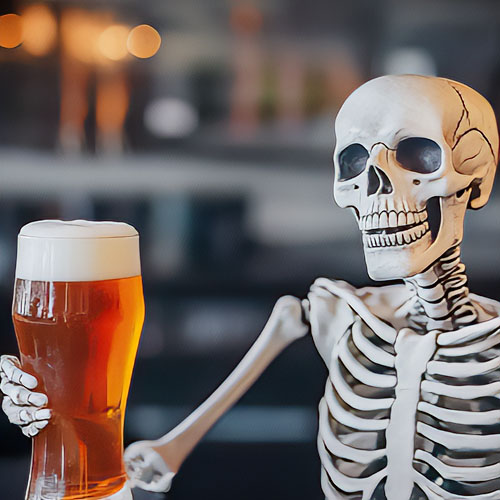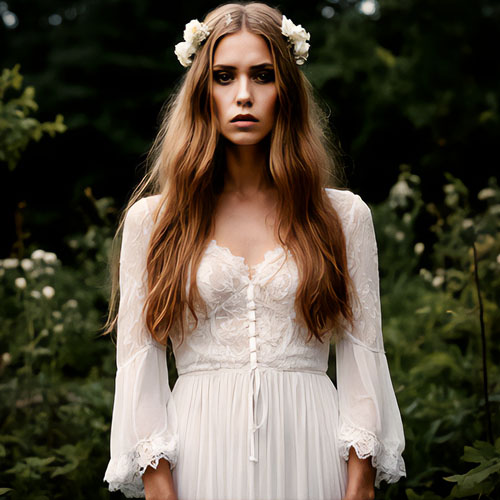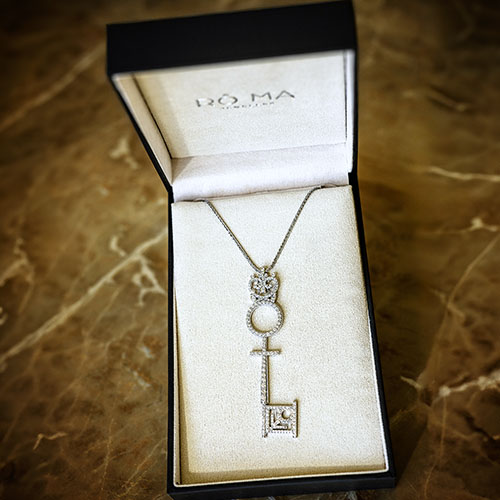The implications of museum censorship of great artists, based on their personal behavior, goes well beyond sexual misconduct. Some of the greatest artists in history have lived deeply flawed lives, behaving in predatory and even criminal ways.
So now the #MeToo movement is pressuring museums not to show the work of artists who have been accused of sexual improprieties. One current high-profile case involves the great portrait artist Chuck Close, a paraplegic, who has been accused of asking potential models to get naked when they audition to pose for him. This has made several women uncomfortable and they have complained.
There are other allegations as well, regarding his reference to their body parts, but he has denied doing anything improper.
“I’ve never had a complaint in 50 years — not one,” said Close. “The last time I looked, discomfort was not a major offense.” He acknowledged having a “dirty mouth,” but added, “We are all adults.”
Without any semblance of a trial, the National Gallery of Art in Washington, D.C., has indefinitely postponed an exhibition of Close’s painted and photographic portraits.
What’s next? Will Picasso’s paintings be removed from museums around the world? Jock Reynolds, director of the Yale University Art Gallery, expressed precisely that concern: “Pablo Picasso was one of the worst offenders of the twentieth century in terms of his history with women. Are we going to take his work out of the galleries? At some point you have to ask yourself, is the art going to stand alone as something to be seen?”
Artists throughout history have had sexual encounters with their models. Even if consensual, there is obviously a power structure involved. Some artists, like Egon Schiele, have used underaged models and painted them in the nude. In 1912, Schiele spent 24 days in jail, charged with the seduction of a female minor (that charge was dropped) and convicted of exhibiting erotic drawings in a place accessible to children.
I recently saw an exhibit of Schiele’s paintings in Vienna, which included some artistic renderings of children. Should the paintings be taken down? And what about the work of French Impressionist Pierre-August Renoir, who said some demeaning things about women?
A few years ago, New York’s Metropolitan Museum had an exhibit of works collected by Gertrude Stein. The exhibit never mentioned that Stein was a Nazi collaborator who worked closely with the head of the Gestapo in Occupied France, and later helped him escape.
When I brought this to the attention of the curator, the museum agreed to sell a book that documented her despicable collaboration with the Nazis. No one suggested taking down the exhibit. I guess it’s worse to ask a woman to pose naked than to collaborate with genocidal murderers.
There are no standards by which museums make these kinds of decisions. They simply seem to follow current public opinion. It used to be right-wingers who demanded that offensive art be taken down; now it’s the censorial left.
The implications of museum censorship of great artists, based on their personal behavior, goes well beyond sexual misconduct. Some of the greatest artists in history have lived deeply flawed lives, behaving in predatory and even criminal ways. The great painter Caravaggio was accused of murder — and he’s not the only artist to face such an accusation. As the New York Times recently pointed out, both the nineteenth-century photographer Eadweard Muybridge and the contemporary sculptor Carl Andre have been accused of homicidal crimes. Furthermore, many artists, particularly in France at the turn of the twentieth century, were rabid anti-Semites who supported the persecution of Alfred Dreyfus. Others were members of the Nazi party in the 1930s and 1940s. Still others, like the great abstract painter Mark Rothko, were communists or “fellow travelers” sympathetic to the Soviet experiment under Stalin.
The Boycott, Divestment, Sanctions (BDS) movement targets Israeli artists — even those who disagree with Israel’s current policies regarding the Palestinians. Should museums go along with BDS? Once the decision is made to judge artists by their personal or political actions or affiliations, there is no stopping the process. If every artist whose actions offend someone is banned, the walls of our museums will be bare.
I have no problem with museums disclosing to visitors the sordid activities of exhibited artists, so long as there is a neutral standard and a fair process by which both sides of the alleged misconduct can be heard and evaluated. Museumgoers could then decide for themselves whether to view a particular artist’s work. But censoring art based on unproven and disputed allegations is a modern form of sexual McCarthyism.



















